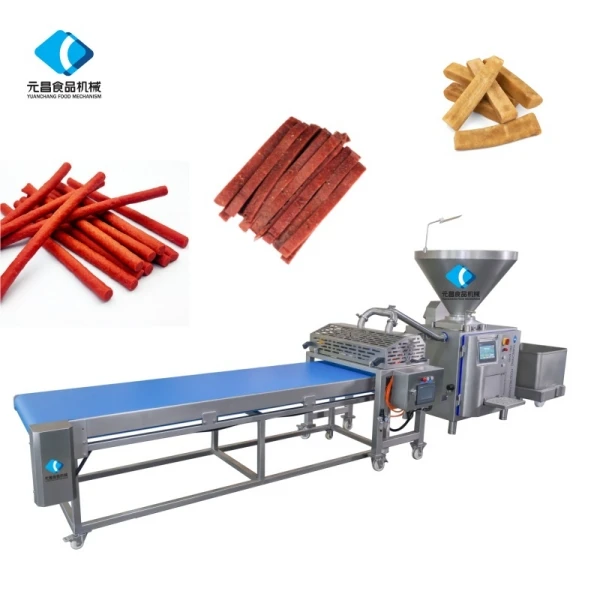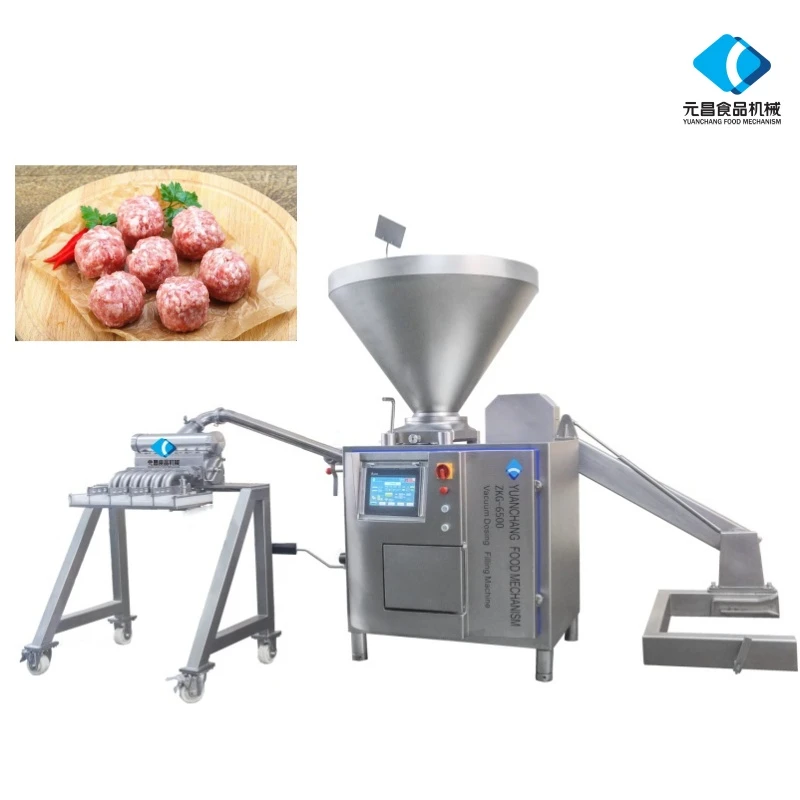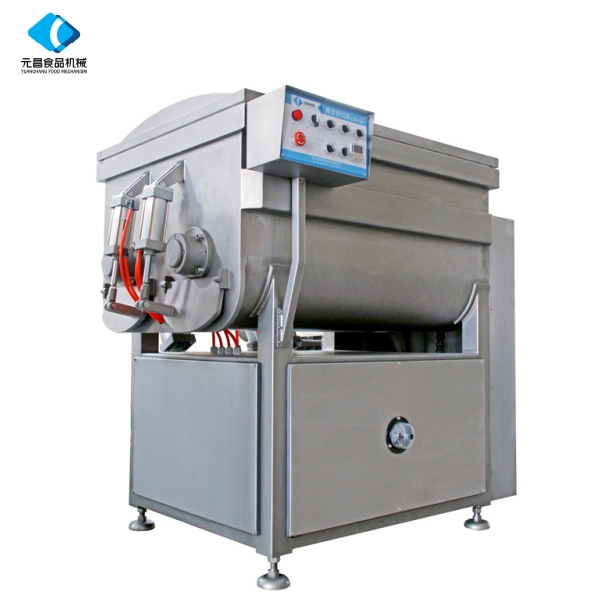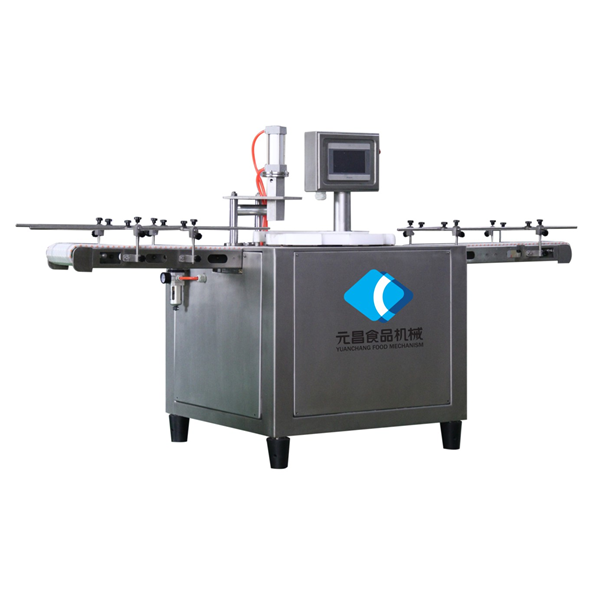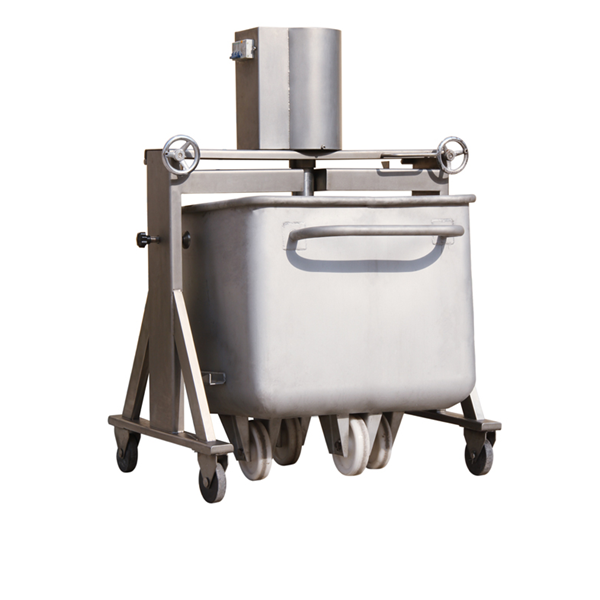- Afrikaans
- Albanian
- Amharic
- Arabic
- Armenian
- Azerbaijani
- Basque
- Belarusian
- Bengali
- Bosnian
- Bulgarian
- Catalan
- Cebuano
- chinese_simplified
- chinese_traditional
- Corsican
- Croatian
- Czech
- Danish
- Dutch
- English
- Esperanto
- Estonian
- Finnish
- French
- Frisian
- Galician
- Georgian
- German
- Greek
- Gujarati
- haitian_creole
- hausa
- hawaiian
- Hebrew
- Hindi
- Miao
- Hungarian
- Icelandic
- igbo
- Indonesian
- irish
- Italian
- Japanese
- Javanese
- Kannada
- kazakh
- Khmer
- Rwandese
- Korean
- Kurdish
- Kyrgyz
- Lao
- Latin
- Latvian
- Lithuanian
- Luxembourgish
- Macedonian
- Malgashi
- Malay
- Malayalam
- Maltese
- Maori
- Marathi
- Mongolian
- Myanmar
- Nepali
- Norwegian
- Norwegian
- Occitan
- Pashto
- Persian
- Polish
- Portuguese
- Punjabi
- Romanian
- Russian
- Samoan
- scottish-gaelic
- Serbian
- Sesotho
- Shona
- Sindhi
- Sinhala
- Slovak
- Slovenian
- Somali
- Spanish
- Sundanese
- Swahili
- Swedish
- Tagalog
- Tajik
- Tamil
- Tatar
- Telugu
- Thai
- Turkish
- Turkmen
- Ukrainian
- Urdu
- Uighur
- Uzbek
- Vietnamese
- Welsh
- Bantu
- Yiddish
- Yoruba
- Zulu
Precision Mechanical Clipper: Durable & Efficient Double Clipper
Understanding the Modern Mechanical Clipper: Precision and Efficiency in Industrial Packaging
In high-volume industrial packaging, precision and reliability are paramount. The mechanical clipper stands as a cornerstone technology, particularly in applications requiring robust and secure closure of flexible packaging materials. These advanced systems are essential across diverse sectors, from food processing to chemical packaging, ensuring product integrity and extending shelf life. This comprehensive overview delves into the intricate world of automatic mechanical clippers, highlighting their technical prowess, operational advantages, and strategic importance in modern manufacturing.
As global supply chains demand ever-increasing efficiency and uncompromising quality, the evolution of clipping technology continues to accelerate. Modern systems are designed not just for speed, but for unparalleled accuracy, minimal material waste, and seamless integration into automated production lines.
Industry Trends Driving Clipper Innovation
The industrial packaging landscape is continually reshaped by several key trends, directly influencing the development and adoption of advanced clipping technologies:
- Automation and Industry 4.0 Integration: There is an increasing demand for fully automated production lines. Modern mechanical clipper systems are equipped with smart sensors, real-time data analytics, and connectivity options (e.g., OPC UA, Ethernet/IP) to facilitate seamless integration into larger manufacturing execution systems (MES) and enterprise resource planning (ERP) platforms. This enables predictive maintenance, optimized throughput, and reduced human intervention.
- Sustainable Packaging: With growing environmental concerns, manufacturers are prioritizing solutions that minimize material usage and support recyclable or biodegradable packaging films. Clippers are evolving to handle a wider range of eco-friendly casing materials, often thinner and more delicate, while maintaining seal integrity.
- Enhanced Food Safety and Hygiene: Particularly in the food processing industry, stringent regulations (e.g., FDA, USDA, HACCP) necessitate equipment designed for easy cleaning, sterile operation, and materials compliance. Stainless steel construction, quick-disassembly components, and advanced sanitation protocols are standard features in contemporary double clipper designs.
- Versatility and Flexibility: Production lines often handle multiple product SKUs. Advanced clippers offer rapid changeover capabilities, programmable settings for different casing diameters and lengths, and adaptability to various product viscosities and textures, increasing operational flexibility.
- Operational Cost Reduction: Beyond initial investment, total cost of ownership (TCO) is a critical factor. Trends focus on energy-efficient designs, reduced consumable usage (e.g., clip wire optimization), and longer service intervals to minimize downtime and operational expenses.
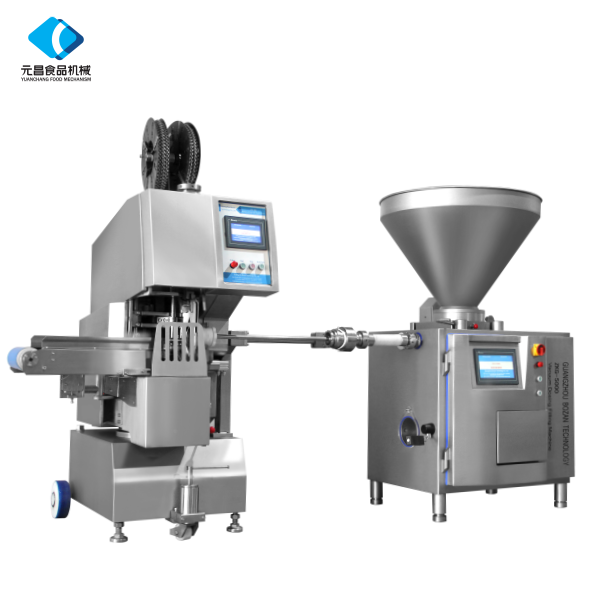
Fig 1: A modern automatic mechanical clipper integrated into a production line.
The Manufacturing Process of a Precision Mechanical Clipper
The creation of a high-performance mechanical clipper involves a multi-stage, precision-engineered manufacturing process designed to meet rigorous industrial standards and ensure long-term operational reliability. This process emphasizes material selection, advanced machining, and stringent quality control.
-
Material Selection and Preparation:
Key components, especially those in contact with food or chemicals, are typically fabricated from high-grade stainless steel (e.g., SUS304, SUS316L) for superior corrosion resistance and hygiene. Other structural elements may use high-strength alloys or hardened tool steels for durability. Raw materials undergo initial inspection for composition and structural integrity.
-
Precision Machining (Casting, Forging, CNC):
- Casting: For complex, large structural parts, precision casting techniques (e.g., investment casting) are used to achieve near-net shapes, reducing subsequent machining and material waste.
- Forging: Critical components subject to high stress, such as cutting blades or clamping mechanisms, may be forged to enhance grain structure, increase strength, and improve fatigue resistance.
- CNC Machining: Computer Numerical Control (CNC) machining is central to producing components with micron-level precision. Multi-axis CNC milling, turning, and grinding are employed for parts like clipper heads, cam mechanisms, and drive shafts, ensuring perfect fit and smooth operation.
-
Heat Treatment and Surface Finishing:
Components requiring enhanced hardness or wear resistance undergo specialized heat treatments (e.g., hardening, tempering, nitriding). Surface finishes, such as electropolishing for hygiene-critical parts or protective coatings, are applied to improve corrosion resistance and reduce friction.
-
Assembly and Calibration:
Skilled technicians meticulously assemble the machine, integrating mechanical, pneumatic, and electrical subsystems. Precision calibration of clamping force, clip-forming mechanisms, and cutting blade alignment is critical to ensure consistent, hermetic seals. This stage often involves advanced optical and force measurement tools.
-
Testing and Quality Assurance:
Every mechanical trimmer undergoes rigorous testing to meet international standards such as ISO 9001 for quality management, and specific industry standards like NSF/ANSI for food equipment. Tests include:
- Performance testing (cycle speed, seal integrity, clip consistency).
- Endurance testing (simulated long-term operation to estimate service life, often exceeding 10 years with proper maintenance).
- Safety compliance (electrical safety, interlocking mechanisms, emergency stops).
- Material compatibility and corrosion resistance tests.
Target industries for these advanced machines include food processing (meat, poultry, dairy, bakery), pharmaceuticals, chemicals, and industrial materials, where secure, tamper-evident packaging is non-negotiable. Advantages in typical scenarios include significant energy saving due to optimized pneumatic systems and superior corrosion resistance from robust material choices, crucial in harsh industrial environments.
Technical Specifications: Automatic Mechanical Great-Wall Double Clipper
The Automatic Mechanical Great-Wall Double Clipper exemplifies cutting-edge engineering, designed for high-speed, high-volume production with exceptional reliability. Below are key technical parameters that define its superior performance.

Fig 2: Detailed view of the precision mechanism of an automatic mechanical clipper.
This Automatic Mechanical Great-Wall Double Clipper is engineered for continuous operation, offering superior hermetic sealing capabilities crucial for preserving product freshness and safety. Its robust construction and intelligent control system minimize operational variabilities, ensuring consistent output quality.
Application Scenarios and Technical Advantages
The versatility and robust performance of the Automatic Mechanical Great-Wall Double Clipper make it indispensable across a wide array of industrial applications.
Key Application Scenarios:
- Meat Processing: For packaging sausages, hams, and other processed meat products in natural or artificial casings. The double clipper ensures tight, hygienic seals that prevent contamination and spoilage, extending product shelf life significantly.
- Dairy Products: Sealing cheese logs, butter, or other semi-solid dairy items. Precision clipping prevents air ingress, maintaining quality and texture.
- Bakery and Confectionery: Packaging dough, batters, or confectionery items where a secure closure is needed for freshness and presentation.
- Pet Food: Ensuring robust and tamper-evident packaging for pet food products, which often require durable closures for bulk quantities.
- Non-Food Industrial: Used for packaging explosives, sealants, adhesives, and other industrial pastes or gels, where a strong, leak-proof seal is critical for safety and product integrity.
Technical Advantages:
- Superior Sealing Integrity: The advanced pneumatic-hydraulic actuation system ensures consistent and powerful clip closure, creating a hermetic seal that outperforms many alternative packaging methods in terms of air-tightness and burst strength. This is vital for vacuum-packed products.
- High Throughput Efficiency: With speeds up to 120 cycles/minute, this mechanical trimmer significantly boosts production capacity. Its optimized mechanism minimizes downtime between cycles, maximizing line efficiency.
- Robust Construction and Durability: Constructed from high-grade stainless steel (SUS304/SUS316L), the machine offers exceptional resistance to corrosion, wear, and tear, even in harsh industrial environments with high humidity or chemical exposure. This contributes to an extended service life and reduced maintenance.
- Precision Control with HMI: The integrated PLC with a user-friendly Human-Machine Interface (HMI) touchscreen allows for precise control over clipping parameters, recipe management, and diagnostic monitoring. This facilitates rapid changeovers and ensures consistent product quality.
- Energy Efficiency: Optimized pneumatic and mechanical designs reduce energy consumption per cycle compared to older generations of equipment, leading to lower operating costs and a reduced carbon footprint.
- Hygiene and Safety: Designed for easy cleaning and sanitation, complying with strict food safety standards. Features like enclosed moving parts and emergency stop mechanisms enhance operator safety.
Vendor Comparison: Why Choose Our Mechanical Clipper?
While the market offers various clipping solutions, discerning buyers prioritize a combination of performance, reliability, and support. Below is a comparison highlighting the distinct advantages of the Automatic Mechanical Great-Wall Double Clipper against typical market offerings.
Our commitment to quality, innovation, and customer-centric design differentiates the Automatic Mechanical Great-Wall Double Clipper. We invest in advanced manufacturing techniques and utilize premium components to deliver a superior total cost of ownership (TCO) through reduced maintenance, extended service life, and optimized operational efficiency.
Customized Solutions and Application Case Studies
Recognizing that no two production lines are identical, we offer extensive customization options for our mechanical clipper systems. Our engineering team collaborates closely with clients to tailor solutions that meet specific throughput requirements, product characteristics, and integration challenges.
Customization Capabilities:
- Casing Handling: Adaptations for unusually small or large casing diameters, delicate natural casings, or specific film types (e.g., highly elastic, multi-layer laminates).
- Integration Modules: Seamless interfacing with existing fillers, conveyors, vacuum systems, and automated handling robotics. This includes custom programming for synchronized operations.
- Special Environments: Modifications for operation in extreme temperatures (cold storage), high-humidity environments, or areas requiring explosion-proof (ATEX-compliant) components.
- Advanced Sensor Integration: Custom sensor packages for enhanced monitoring of fill levels, product length, or automatic casing detection, feeding data back to the PLC for real-time adjustments.
- Specific Clip Materials: Options for clips made from different alloys or with specific coatings to address product compatibility or unique sealing requirements.
Application Case Studies:
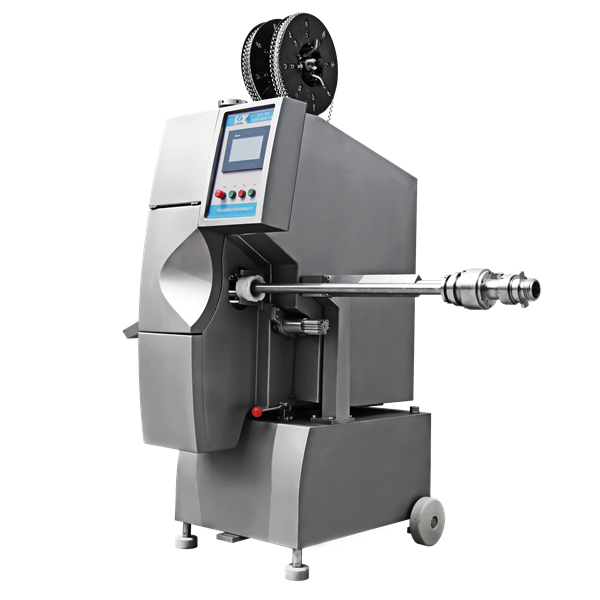
Fig 3: Efficiency in action: an automatic double clipper optimizes high-volume packaging.
Our expertise is validated through successful installations with leading industry players.
A prominent European meat processing facility faced challenges with inconsistent clip seals and frequent downtime on their existing packaging line for salami products. They integrated five Automatic Mechanical Great-Wall Double Clipper units. Our customization included specialized voiding systems to eliminate air pockets before clipping and an upgraded HMI for multi-language support. Post-implementation, the client reported a 25% increase in production throughput, a 99.8% seal integrity rate, and a 40% reduction in packaging material waste over the first year. The enhanced reliability dramatically reduced maintenance-related downtime, exceeding their initial ROI projections.
An international manufacturer of industrial sealants required a robust packaging solution for highly viscous chemical pastes that demanded extreme pressure resistance in their casing closures. We provided a customized Automatic Mechanical Great-Wall Double Clipper equipped with heavy-duty pneumatic cylinders and clips made from a specific corrosion-resistant alloy. The machine was integrated with their existing piston fillers. The solution not only met their stringent pressure retention specifications but also improved line speed by 30% compared to their previous semi-automatic process, ensuring regulatory compliance and enhancing product safety during transport and storage.
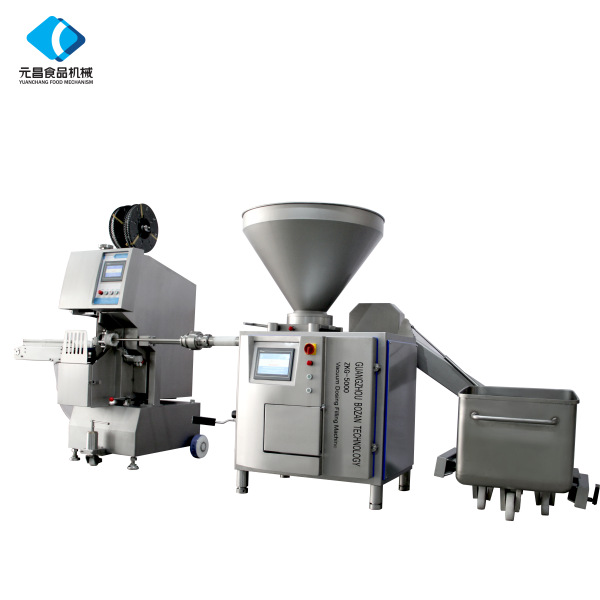
Fig 4: The precision and robust design of the mechanical clipper ensure reliable performance.
Trustworthiness & Support: Your Partner in Production
Our commitment extends beyond delivering high-quality equipment. We stand as a trusted partner, providing comprehensive support throughout the lifecycle of your Automatic Mechanical Great-Wall Double Clipper.
Frequently Asked Questions (FAQ):
A: Standard models typically have a lead time of 6-8 weeks from order confirmation. Customized configurations may require 10-14 weeks, depending on the complexity of modifications. Expedited options are available upon request.
A: We offer a comprehensive 12-month warranty on all mechanical and electrical components from the date of installation or 18 months from shipment, whichever comes first. This warranty covers manufacturing defects and ensures peace of mind.
A: Our dedicated after-sales team provides remote technical support via phone and video conferencing. We also offer on-site service by factory-trained technicians for installation, commissioning, preventative maintenance, and troubleshooting. Spare parts are readily available from our global distribution network.
A: Yes, the Automatic Mechanical Great-Wall Double Clipper is designed for versatility, accommodating a wide range of natural and artificial casings from Ø20mm to Ø100mm. The HMI allows for quick adjustment of parameters for different materials and sizes.
Lead Time and Fulfillment:
Our streamlined manufacturing and logistics ensure timely delivery. We maintain an inventory of critical components to facilitate efficient production. Each machine undergoes thorough pre-shipment inspection and factory acceptance testing (FAT) to guarantee performance upon arrival. Global shipping logistics are managed to minimize transit times and ensure secure delivery to your facility.
Warranty and Customer Support:
Beyond the standard warranty, we offer optional extended warranty packages and comprehensive service contracts, including preventative maintenance schedules and priority support. Our commitment is to maximize your operational uptime and return on investment. Training programs for your operators and maintenance staff are also available to ensure optimal use and longevity of your mechanical clipper.
References
- ISO. (n.d.). ISO 9001 - Quality management systems. Retrieved from https://www.iso.org/iso-9001-quality-management.html
- Food and Drug Administration. (n.d.). Food Packaging. Retrieved from https://www.fda.gov/food/ingredients-additives-gras-packaging/food-packaging
- USDA Food Safety and Inspection Service. (n.d.). Packaging and Labeling of Meat and Poultry Products. Retrieved from https://www.fsis.usda.gov/food-safety/recalls-public-health-alerts/packaging-and-labeling-meat-and-poultry-products
- Industry 4.0: The Fourth Industrial Revolution. (2016). World Economic Forum. Retrieved from https://www.weforum.org/agenda/2016/01/the-fourth-industrial-revolution-what-it-means-and-how-to-respond/
-
Filling Flow Divider - Precision, Hygienic Multiline DosingNewsNov.18,2025
-
Hopper Trolley: Heavy-Duty, Ergonomic, Easy DischargeNewsNov.18,2025
-
Frozen Meat Slicer for Ultra-Thin, Precise, Safe CutsNewsNov.17,2025
-
Smoke House Machine | Precise, Energy-Efficient, HACCP-ReadyNewsNov.17,2025
-
Smoke House Machine: Uniform, Energy-Efficient SmokingNewsNov.11,2025
-
Meat Filling Machine - Stainless, Precise, High OutputNewsNov.11,2025





